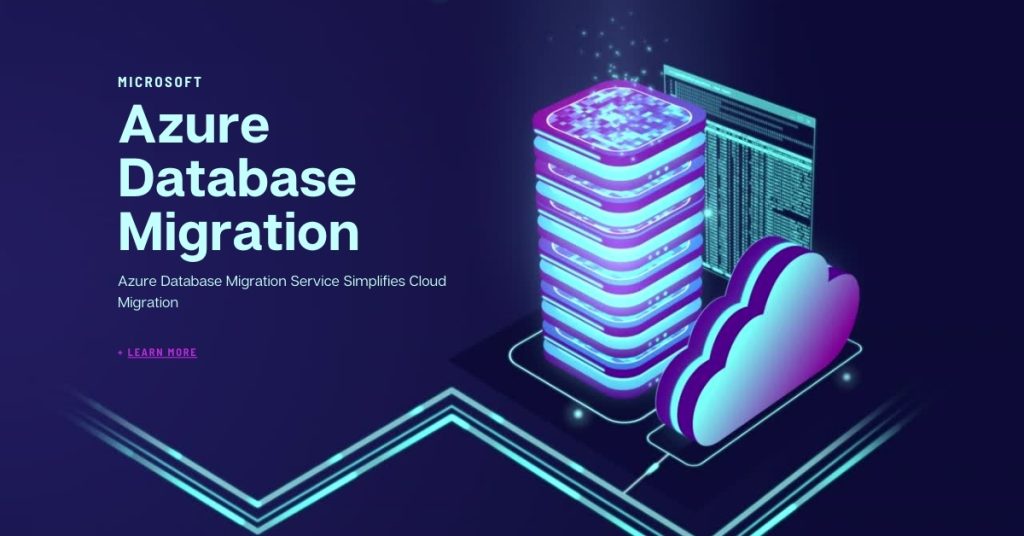
As data grows exponentially, modern market demands outpace the capabilities of many current infrastructures. Migrating from on-premises setups to cloud-based systems, such as Azure, has become the preferred choice for many enterprises. Azure offers numerous benefits, including enhanced flexibility, scalability, cost optimization, process automation, strong data security, and seamless remote collaboration. Gartner's latest report indicates that by 2026, 75% of organizations will adopt a digital transformation strategy centered on the cloud.
Database migration to Azure is a complex journey, involving strategic decisions on services, designs, site deployment, and migration processes. Whether migrating specific databases, entire workloads from on-premises servers to Azure, or from AWS to Azure, following best practices and strategies is crucial.
Migration Methods
1. Online Migration: Transfers data over the Internet or WAN without disrupting application performance.
2. Offline Migration: Uses physical storage appliances to transport data, with downtime varying based on data volume and security measures.
Azure Migration Tools
- Azure Migrate: Organizes, oversees, and executes initial migration steps.
- Azure Data Box: Ensures secure data migration in limited network or tight timeframe scenarios.
- Azure Database Migration Service (DMS): Evaluates existing databases, recommends corrections, and enables migration.
- Data Migration Assistant (DMA): Analyzes on-premises SQL instances for compatibility with Azure SQL services.
Best Practices for Database Migration to Azure Cloud
- Integration: Ensure data security and operational workloads using tools like Site Recovery for business continuity.
- Decommissioning: Gradually shut down physical servers after confirming cloud functionality.
- Downtime Management: Minimize impact by carefully planning downtime for each migration stage.
- Address Data Requirements: Plan migration processes considering current infrastructure constraints and performance needs.
- Governance: Establish compliance and governance standards for a successful migration.
Strategy for Azure Migration
Inventory Preparation: Understand your digital estate by inventorying data, applications, and infrastructure. Plan migration based on this inventory, considering dependencies and constraints.
Workload Cost Estimation: Use Azure pricing and TCO calculators to estimate and optimize cloud costs. Monitor costs and usage regularly to maximize investment returns.
Migrate and Optimize Workloads: Choose appropriate migration methods—Lift and Shift, Re-architecting, or Refactoring—and optimize workloads for cloud performance and security.
Monitoring: Use Azure Monitor, Log Analytics, Application Insights, and Security Center to ensure performance, cost-efficiency, and compliance.
Conclusion
Migrating to Azure offers scalability, security, and cost benefits. A well-planned strategy that includes understanding the digital estate, estimating costs, choosing the right approach, and optimizing workloads is vital. Continuous monitoring ensures efficiency and issue resolution. By following best practices and leveraging Azure tools, enterprises can achieve successful migrations and maximize the value of their Azure investment. For tailored Azure consultation and migration services, contact DumpsBoss. Unlock your cloud potential with DumpsBoss Storage Migration solutions.
Comments (0)